Get on board! Discover a Novel Mode of Transportation in Manila’s Most Surprising Rides
Manila, a city buzzing with life, is famous for many things: its rich history, mouthwatering cuisine, and, of course, its traffic. But, nestled amidst the daily hustle, there lies a fascinating array of transportation modes that are as unique as they are functional. These methods of getting around the city aren’t just about going from point A to point B; they’re a window into the culture and ingenuity of Manileños. Ready for a ride like no other? Let’s dive into the top 10 unique modes of transportation in Manila that define the vibrant spirit of Manila!
1. Jeepneys: The Kings of the Road
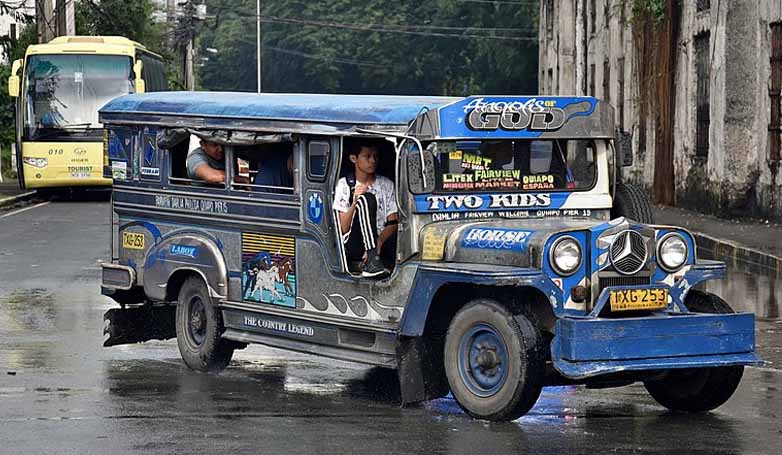
With their flamboyant decorations and unmistakable presence, Jeepneys are the quintessential Manila transport. Originally made from US military jeeps left over from World War II, these colorful kings of the road offer a communal travel experience like no other.
2. Tricycles: The Three-Wheeled Wonders
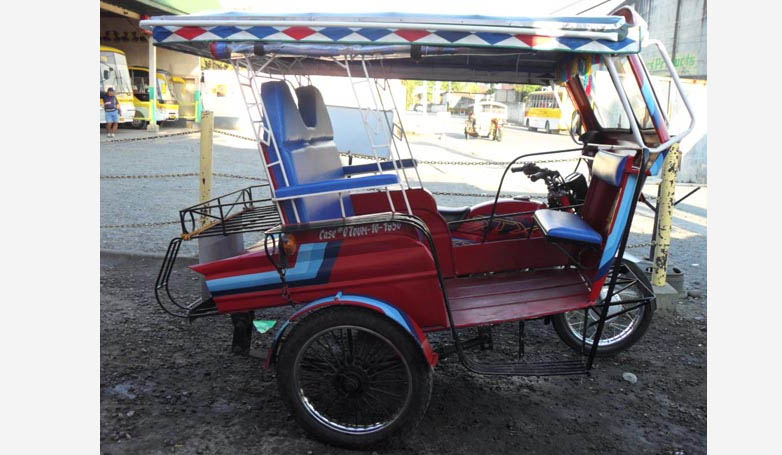
These motorized rickshaws crisscross through the city’s side streets and alleys, offering more personalized rides. Tricycles are perfect for short distances and areas inaccessible by larger vehicles.
3. Pedicabs: Pedal-Powered Pleasure
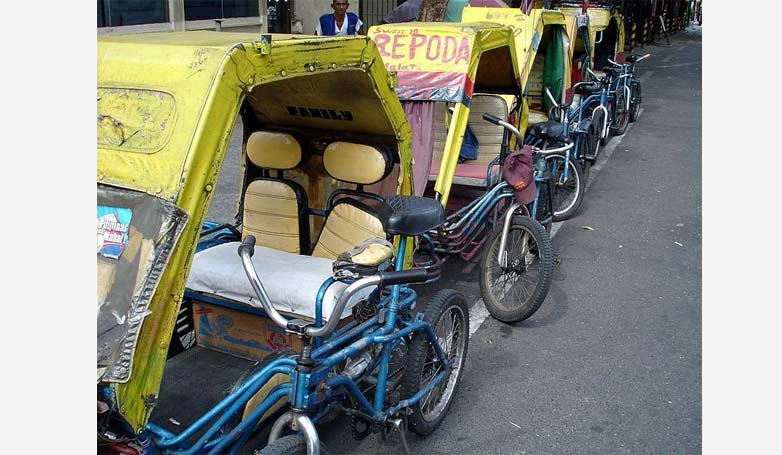
Pedicabs provide an eco-friendly ride through Manila’s bustling streets. These bicycles with sidecars are not only a sustainable choice but also allow for an up-close look at the city’s vibrant street life.
4. Habal-Habal: Motorcycle Ride Sharing
Originally used in rural areas, these motorcycle taxis have made their way to the metro, perfect for beating the traffic and squeezing through tight spots. Habal-habal is a choice for thrill-seekers and those in a hurry.
5. Pasig River Ferries: The Urban River Cruises
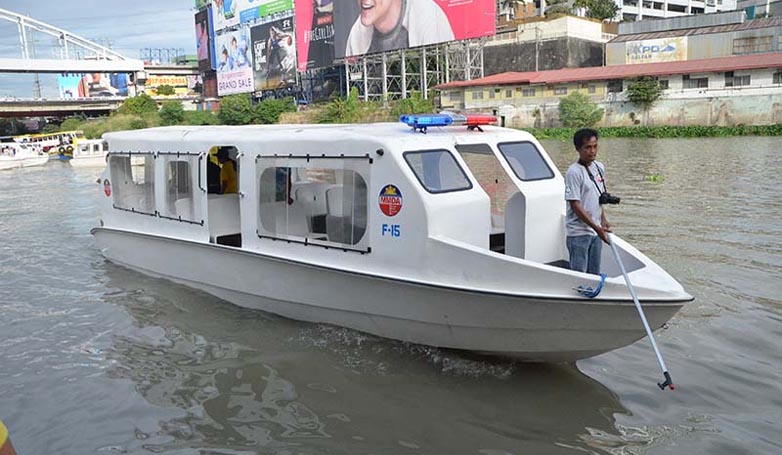
Manila’s Pasig River ferries offer a scenic and serene way to traverse the city away from the congested streets. It’s like an urban river cruise that gives you a fresh perspective on the metro landscape.
6. E-Trikes: The Electric Evolution
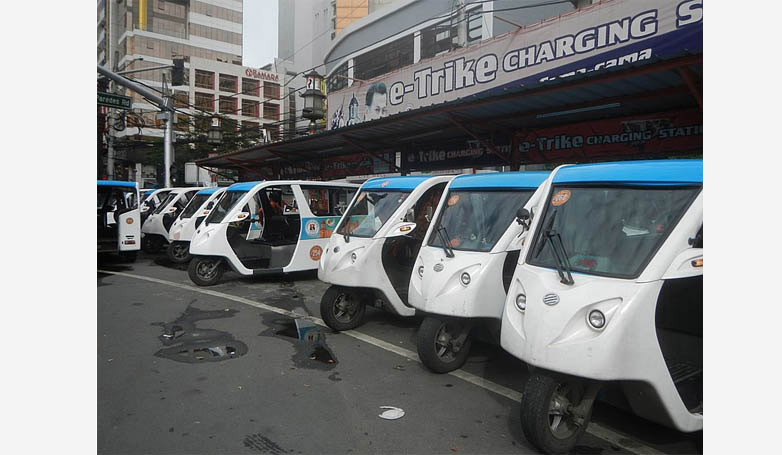
A greener alternative in the world of tricycles, e-trikes run on electricity and are slowly making their entry into Manila’s transport scene, promising a quieter and cleaner way to travel.
7. LRT & MRT: Sky-High Commutes

The Light Rail Transit (LRT) and the Metro Rail Transit (MRT) provide efficient, above-ground travel across long distances in the metro. It’s fast, relatively inexpensive, and offers an escape from street-level congestion.
8. Kalesa: The Clip-Clopping Carriages
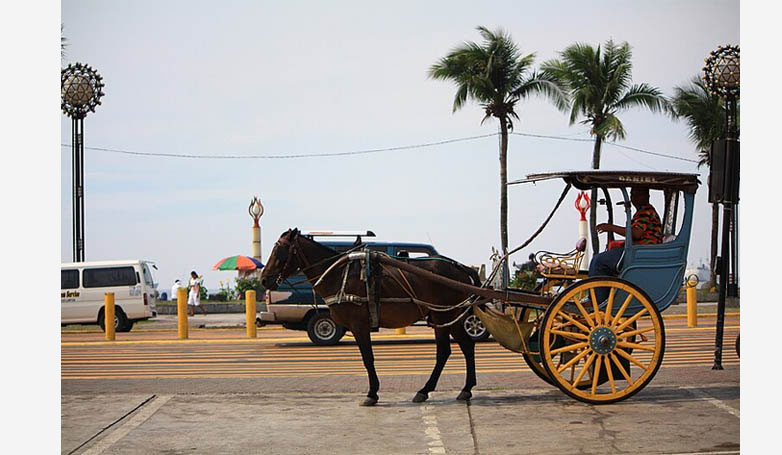
For a touch of history, hop onto a Kalesa—a horse-drawn carriage that once dominated Manila’s streets. These days, they’re more of a novelty ride for tourists wanting a taste of the past.
9. Kuliglig: The Buzzing Tuk-Tuks
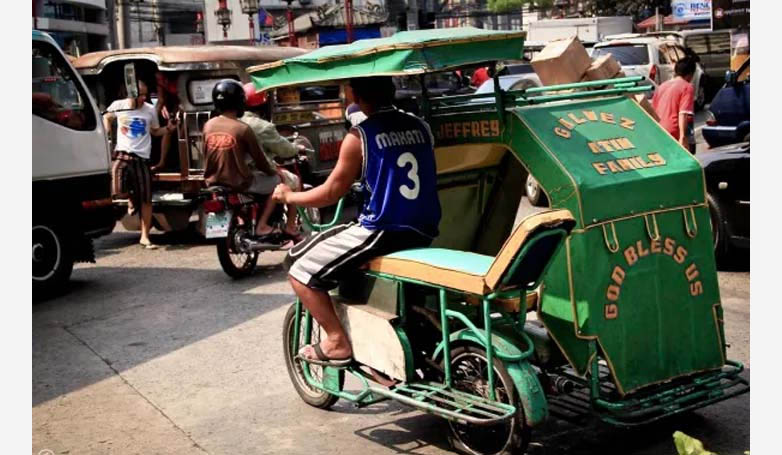
Kuligligs may look like tricycles, but don’t be fooled—they’re makeshift vehicles using a hand tractor engine and can be heard from a mile away due to their buzzing sound. These are often seen in less-busy areas, offering a rugged form of transport.
10. Bamboo Bikes: Pedal with a Purpose
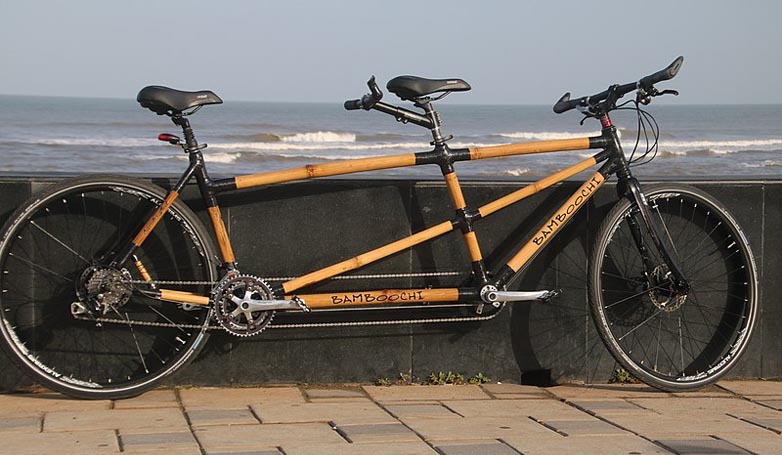
Bambikes, or bamboo bicycles, aren’t just unique transport methods; they’re a sustainable travel option that promotes eco-tourism. Though more prominent on tours, they’re a novel way to explore the city’s historic areas.
End of the Road: Cherishing Manila’s Transport Tapestry
Our whirlwind tour of Manila’s unique transportation has come to a memorable halt. These ten modes of transit are not merely about moving people; they represent Manila’s spirit, resilience, and ingenuity. Whether you’re riding the colorful jeepney, navigating through alleys on a tricycle, or cruising on the Pasig River, each journey is a testament to the city’s vibrant way of life. So, the next time you visit Manila, make sure to take part in this exciting mobility adventure and immerse yourself in the true essence of this bustling metropolis.
Transportation in Manila FAQs
Here are the most common questions about transportation in Manila.
1. Is it difficult to navigate transportation in Manila?
It can be challenging for newcomers due to traffic congestion, complex routes, and a lack of centralized information. However, locals are usually willing to help with directions.
2. How do I pay for public transport in Manila?
- Cash: Most public utility vehicles, such as jeepneys and buses, accept cash.
- Beep Card: A contactless smart card used for fare payment on LRT and MRT and some point-to-point (P2P) buses.
- GrabPay and other e-wallets: for ride-hailing services and some modernized jeepneys and buses.
3. What are the peak hours to avoid traffic in Manila?
Peak hours are typically from 6:00 a.m. to 9:00 a.m. and 5:00 p.m. to 9:00 p.m. on weekdays. Traffic might be a bit lighter in the middle of the day and on weekends.
4. Is it safe to travel around Manila at night?
Common-sense safety precautions should be observed. While many areas are well-lit and busy, there are also places that are less secure. Ride-hailing services are often considered a safer option at night.
5. Are there tourist-friendly transportation services?
Aside from taxis and ride-hailing apps, there are hop-on-hop-off buses (when operational), shuttle services provided by hotels, and tours that include transportation to major tourist attractions.











